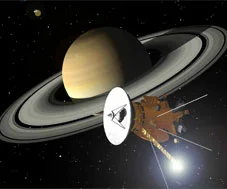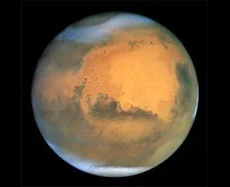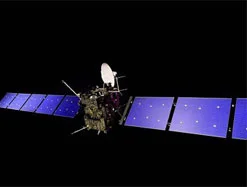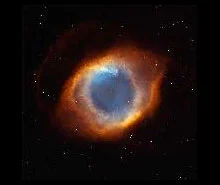
2004
Page 2 - results 11 to 20
How did the planet in the Gamma-Cephei binary system form?
Among the more than 100 extra-solar planets today discovered, 15 have been found within binary systems. One of the more interesting of these systems is...

Titan, a new world is unveiled

The explanation of Mercury’s capture into the 3:2 spin-orbit resonance as a result of its chaotic orbital dynamics
Since the discovery of the 3/2 resonant state of the rotation of Mercury, it was assumed that the planet rotation was trapped into resonance during its...

CASSINI enters the Saturn system
On June 11 at 20h56 UT, the CASSINI probe (launched in October 1997) made its official entry in the Saturn system by flying closely over Phoebe, the most...

Overeating Monsters
Active galactic nuclei (AGN), which include quasars, are one of the most energetic and mysterious phenomena in the Universe. The widespread paradigm is that...

Hydrogen peroxide on Mars
An international team of astronomers, led by researchers from Paris Observatory, has just discovered hydrogen peroxide on Mars, with the NASA 3m telescope...

First observation of an active galactic nucleus with the VLTI: resolution of the torus at the heart of NGC 1068
The paradigm to explain the large variety of active galaxy nuclei is the existence of a supermassive black hole, surrounded by a torus of gas and dust,...

The new asteroid targets of Rosetta mission: 21 Lutetia and 2867 Steins
The European Space Agency (ESA) has selected 21 Lutetia and 2867 Steins as asteroid targets for the Rosetta mission. This decision has been taken on the...

Atomic hydrogen from circumstellar shells around AGB stars
When stars comparable to our Sun end their lives, they spend a short time in the Asymptotic Giant Branch (AGB) phase, where they lose gas in a strong stellar...

Antifreeze in comet Hale-Bopp
From the analysis of archive spectra, some astronomers from Paris Observatory and their collaborators, have discovered ethylene glycol in comet Hale-Bopp....